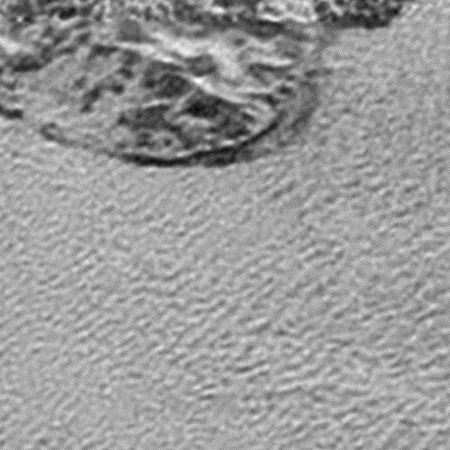Russia announces plans to build reusable rocket
I’ll believe it when I see it: Russia announced this week new plans to build a reusable smallsat rocket where the first stage would fly back and land vertically.
According to preliminary estimates, the reusable system will cut the cost of payload delivery by 1.5 or 2 times compared to traditional rockets. Every self-guided booster will be designed to fly 50 missions without replacement of its main engines burning a mix of cryogenic liquid oxygen and liquid methane. The system was expected to be based on mobile launchers and its maiden flight was scheduled for 2022, the FPI press release said.
If this project actually does happen, it will be because there has been a political shift within Russia’s government-run space industry. I suspect this because last week they cancelled plans to build a lightweight but expendable smaller version of Proton. Now they are aiming to build a reusable rocket instead. It appears that they have realized they need to cut their costs to compete, and the expendable Proton wasn’t doing it, while a reusable rocket might.
If this is true, then this is good news for Russia’s space future. At the same time, the slowness at which they have made this shift illustrates the disadvantage of their centralized government-run system. Instead of competition within Russia pushing many different independent companies to move forward quickly, all decisions must be made through political maneuvering within Roscosmos, a process that is always slower and more cumbersome.
I’ll believe it when I see it: Russia announced this week new plans to build a reusable smallsat rocket where the first stage would fly back and land vertically.
According to preliminary estimates, the reusable system will cut the cost of payload delivery by 1.5 or 2 times compared to traditional rockets. Every self-guided booster will be designed to fly 50 missions without replacement of its main engines burning a mix of cryogenic liquid oxygen and liquid methane. The system was expected to be based on mobile launchers and its maiden flight was scheduled for 2022, the FPI press release said.
If this project actually does happen, it will be because there has been a political shift within Russia’s government-run space industry. I suspect this because last week they cancelled plans to build a lightweight but expendable smaller version of Proton. Now they are aiming to build a reusable rocket instead. It appears that they have realized they need to cut their costs to compete, and the expendable Proton wasn’t doing it, while a reusable rocket might.
If this is true, then this is good news for Russia’s space future. At the same time, the slowness at which they have made this shift illustrates the disadvantage of their centralized government-run system. Instead of competition within Russia pushing many different independent companies to move forward quickly, all decisions must be made through political maneuvering within Roscosmos, a process that is always slower and more cumbersome.

